Revision Notes: The High Courts and Subordinate Courts | History and Civics Class 10 ICSE PDF Download
| Table of contents |

|
| The High Courts and Subordinate Courts |

|
| Powers and Jurisdiction of the High Court |

|
| Subordinate Courts |

|
| Lok Adalat |

|
The High Courts and Subordinate Courts
High Court
The Constitution of India mandates the establishment of a High Court for each state. However, in some cases, one High Court may serve two states or union territories, depending on their area and population. Currently, there are 21 High Courts in India. Delhi is the only union territory with its own High Court.
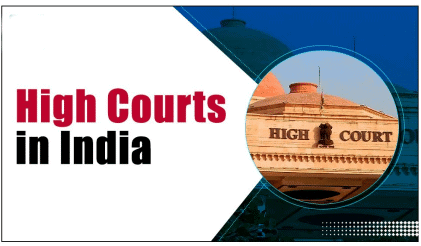
Composition
The High Court is made up of
- A Chief Justice and other judges, all appointed by the President of India.
- The President can also appoint additional judges for a temporary period not exceeding two years.
- An acting judge may be appointed by the President when a High Court judge is temporarily absent or unable to perform their duties.
Qualifications for High Court Judges
To become a judge of the High Court in India, the following qualifications are required:
- Citizenship: The candidate must be a citizen of India.
- Age: The candidate should not be more than 62 years old.
- Judicial Experience: The candidate should have held a judicial office in India for a minimum of ten years.
- Advocacy Experience: The candidate should have been an advocate in a High Court for at least ten years.
Appointment of High Court Judges

Chief Justice of India: The President of India appoints the Chief Justice of India in consultation with the Chief Justice of the Supreme Court and the Governor of the concerned state.
Other High Court Judges: The President appoints other judges of the High Court in consultation with the Chief Justice of the High Court and the Governor of the state.
Conditions of Service
The service conditions for judges of the High Court are designed to ensure their independent authority and the effective functioning of the Constitution.
Retirement, Removal, and Transfer of Judges
Retirement of High Court Judges:
- A judge of a High Court serves until the age of 62 years.
- After retirement, a High Court judge can practice law only in the Supreme Court or in High Courts where they have not previously served as a judge.
- A judge can resign from their position by writing to the President of India.
Removal of Supreme Court Judges:
- To maintain the independence of the judiciary, a Supreme Court judge can be removed by the President through the process of impeachment for proven misconduct or incapacity.
- During impeachment, the President addresses both Houses of Parliament, and the motion must be supported and passed by a two-thirds majority in both Houses.
Impeachment Case: Justice Soumitra Sen:
- Justice Soumitra Sen of the Kolkata High Court was the first judge in India to face impeachment proceedings.
- The Rajya Sabha initiated the impeachment process against him, but before it could be passed by the Lok Sabha, he resigned from his position.
Transfer of High Court Judges:
- The President can transfer High Court judges under certain conditions, after consulting the Chief Justice of India.
- The Chief Justice of India may recommend the transfer of judges after consulting the four senior-most judges of the Supreme Court.
- Upon transfer, a judge is entitled to compensatory allowances in addition to their salary.
Salaries and Emoluments of Judges:
- The Chief Justice of a High Court and other judges receive a monthly salary determined by Parliament.
- Their salaries and allowances cannot be changed or reduced to their disadvantage during their tenure, except in a financial emergency.
- Judges draw their salaries from the Consolidated Fund of India, which is not subject to vote in Parliament.
Powers and Jurisdiction of the High Court

Original Jurisdiction
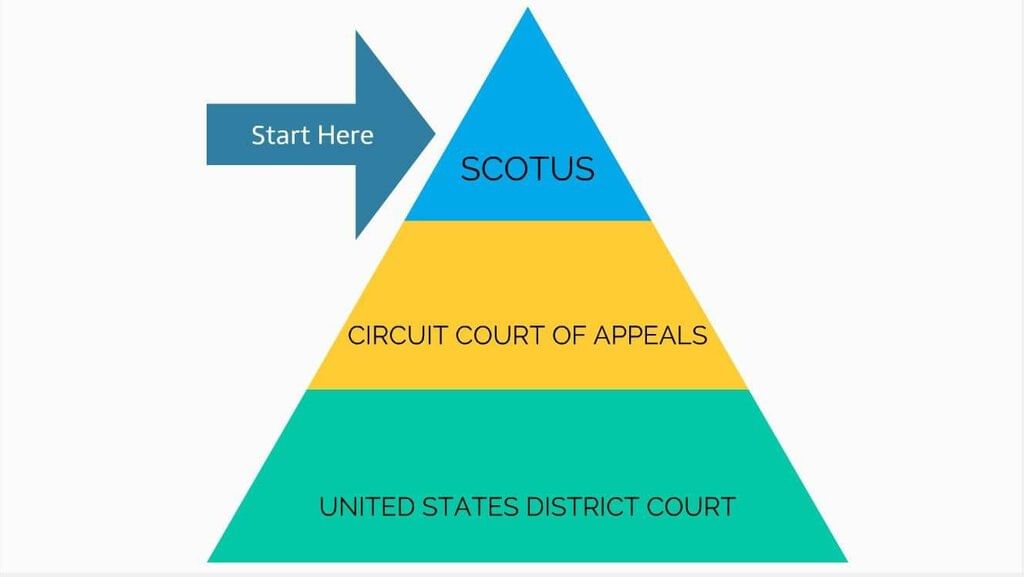
- Original jurisdiction refers to the authority to hear and decide cases at the first instance. The High Court has original jurisdiction in the following matters:
- Cases involving state revenues and collection.
- Matters related to wills, divorce, marriage, company laws, and contempt of court.
- The High Court has the power of judicial review, allowing it to interpret the Constitution.
- Similar to the Supreme Court, the High Court can hear cases involving violations of fundamental rights.
- Under original jurisdiction, the High Court can also hear election petitions challenging the election of members to Parliament or the state Legislative Assembly.
Appellate Jurisdiction of High Courts
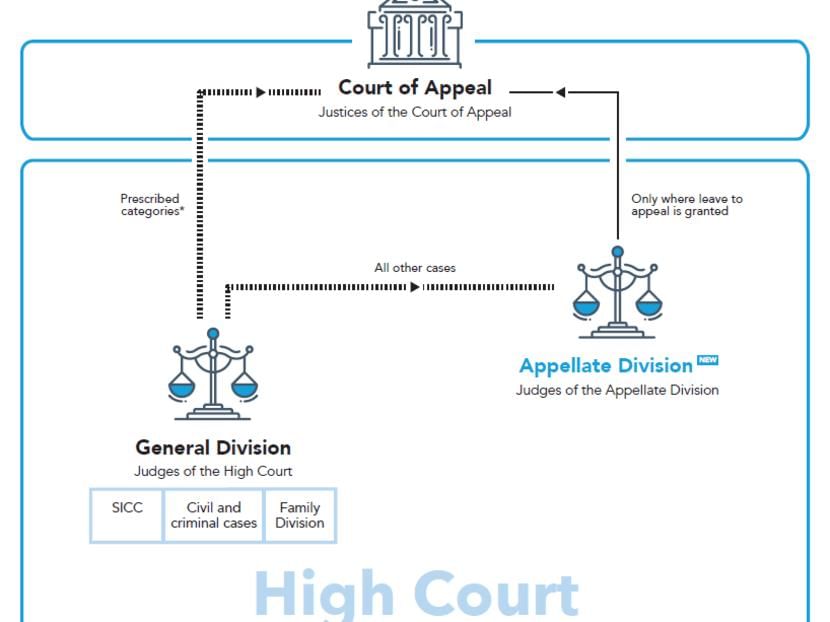
Civil Appeals
- The High Court can hear appeals from District Courts in civil cases, but only if the District Court had jurisdiction over the case.
- Appeals to the High Court in civil matters are limited to cases involving land revenues or situations where a tribunal court has made an injustice.
Criminal Appeals
- Appeals can be made to the High Court in criminal cases under the following circumstances:
- When a Sessions Judge sentences imprisonment for more than seven years.
- When an Assistant Sessions Judge or other Judicial Magistrates impose a sentence of more than four years.
- When a Sessions Judge issues an order of acquittal, appeals can be made against the state.
- The High Court must confirm any death sentences passed by lower courts.
Advisory Jurisdiction
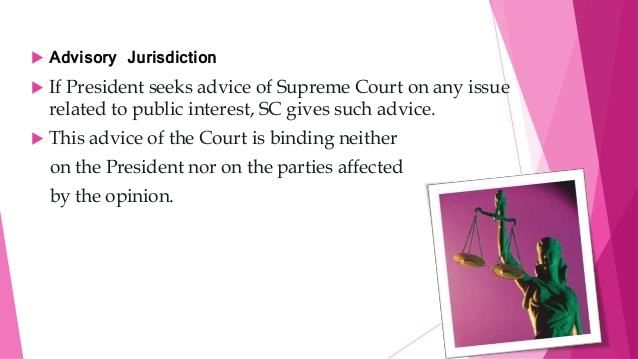
The state government has the option to seek legal advice from the High Court regarding constitutional and other legal matters. However, it is important to note that this advice is not legally binding on the government.
Revisory Jurisdiction
The High Court possesses the authority to request the records of a case that has been decided by any subordinate court. This authority comes into play when the High Court believes that the subordinate court has made decisions beyond its jurisdiction.
Essentially, the High Court has the power to review the decisions made by lower courts, a process known as revisory jurisdiction.
This jurisdiction is relevant in cases where the accused has faced injustice, the principles of natural justice have been violated, or there has been a gross error in the delivery of justice.
Judicial Review
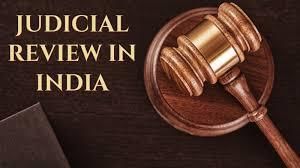
The High Court has the authority to declare laws passed by the legislature as null and void if they violate any provision of the Constitution.
Court of Record

The High Court is considered a court of record because its decisions are preserved as records for future reference by lower courts. Additionally, the High Court has the power to punish individuals for contempt of court.
Other Functions
The High Court oversees the functions of lower courts and tribunals under its authority.
- Governors, in consultation with High Court judges, appoint and promote District Judges.
- The Governor consults High Court judges and the State Public Service Commission when appointing individuals to the state judicial service.
Independence of the High Courts
- The salaries and allowances of judges cannot be reduced to their disadvantage during their term of office.
- No discussions can be held in the state legislature regarding the conduct of judges.
- The High Court has the authority to punish individuals for contempt of court.
Subordinate Courts
There are various subordinate courts in the country. The organisation and the structure of subordinate courts are uniform throughout the country. Each state is divided into a number of districts, and each district has a district court which is presided over by the district judge. There are civil courts, criminal courts and courts of revenues in every district.
Court of the District Judge
District Court
- The District Court is the highest court in the district and handles both civil and criminal cases.
- A judge who resolves civil cases is called a district judge, while a judge who deals with criminal cases is known as a sessions judge.
- Appeals against district judges' decisions can be made to the High Court if the case involves more than 5,000 rupees.
- To become a district judge, an individual must have been an advocate for at least seven years in the Union Judicial Service or the State Public Service Commission.
- In some cases, a district judge may also serve as the Deputy Commissioner and District Collector, where they are responsible for maintaining law and order and supervising revenue collection.
Court of the Civil Judge
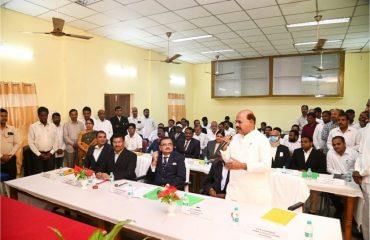
The Court of the Civil Judge handles cases involving monetary matters ranging from Rs 2,000 to Rs 5,000. If someone wishes to challenge the decision made by this court, they can appeal to a district judge.
Munsif Court
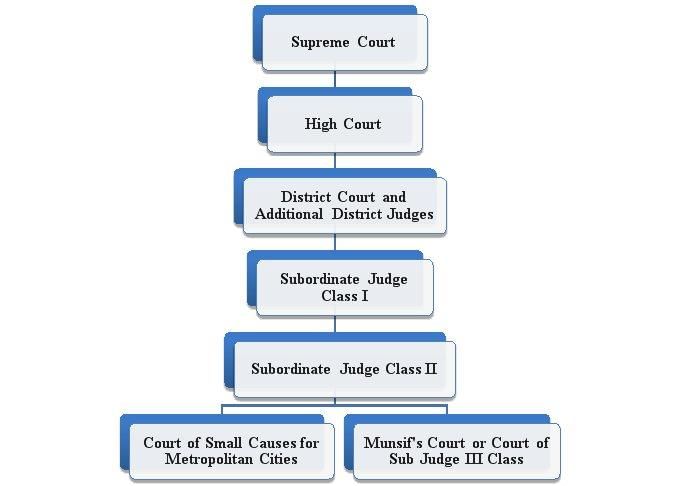
A Munsif Court is responsible for civil cases where the amount in question is less than Rs 2,000. If a person wants to appeal the decision made by a Munsif Court, they can do so in the Court of the Civil Judge.
Small Courts
- Small courts are overseen by junior magistrates and handle cases involving very small amounts of money, though the specific threshold varies from state to state. Decisions made by small courts cannot be appealed.
- In Delhi, small courts can hear cases involving amounts up to Rs 1,000, while in Mumbai, they can decide cases involving amounts up to Rs 10,000.
Term of Office
- The District Judge and Additional District Judges are appointed by the Governor in consultation with the High Court judges.
- Other judges are appointed through competitive exams conducted by the State Public Service Commission.
Functions
District judges have administrative control over all civil courts in their district.
Revenue courts handle cases related to land revenues.
Appeals can be made to higher courts, such as:
- District Court for Munsif Court decisions
- High Court for District Court decisions
Criminal Courts
Criminal courts address cases involving crimes like murder, robbery, theft, and assault.
The classification of criminal courts includes:
- Sessions Court: The highest criminal court, overseen by the District Judge, handling serious offenses.
- Court of Chief Judicial Magistrate: Deals with less serious offenses, excluding life or death sentences.
- Court of First Class Magistrate: Handles less serious cases with sentences up to three years or fines up to Rs 5,000.
- Court of Second Class Magistrate: Can impose sentences up to two years or fines up to Rs 1,000.
- Court of Third Class Magistrate: Addresses minor disputes or rioting, with sentences up to one month or fines up to Rs 50.
India has a unified judicial system, allowing appeals from lower courts to higher courts.
Courts of Revenues
The Courts of Revenues are responsible for cases related to land record maintenance and land revenue collection. These courts handle disputes and issues concerning land ownership, usage, and the associated revenues that need to be collected by the government.
Revenue Courts in India
- Board of Revenues: This is the top authority for handling revenue-related cases in the state. It has the power to hear appeals against decisions made by lower revenue courts.
- Commissioner’s Court: The Commissioner oversees the assessment and collection of revenues for all districts in the state.
- Collector’s Court: Headed by the Deputy Commissioner of a state, this court assists the revenue department in assessing and collecting land revenues.
- Tehsildar’s Court: The Tehsildar is responsible for collecting revenues at this level.
- Naib Tehsildar’s Court: This is the lowest court in the revenue hierarchy, dealing with cases related to land revenue assessment and property tax collection from farmers.
Lok Adalat
Lok Adalat, which translates to "court of the people," provides legal assistance and swift justice to individuals who cannot afford lawyers or the expenses of legal proceedings.
In Lok Adalats, judges function as counselors, facilitating the resolution of disputes through mutual understanding and compromise. These adalats are supported by Legal Aid Committees and aim to help opposing parties reach an agreement.
The inaugural Lok Adalat took place in Delhi on October 6, 1985. The Legal Services Authorities Act of 1987 mandates state governments to organize Lok Adalats periodically.
- Quick and Inexpensive Justice: Lok Adalats provide rapid and cost-effective resolution of disputes.
- Reducing Higher Court Workload: They alleviate the burden on higher courts by resolving cases at an earlier stage.
- Promoting Compromise: Lok Adalats foster an atmosphere of goodwill by assisting opposing parties in reaching a mutually acceptable compromise.
- Clearing Case Backlogs: They contribute to clearing the backlog of pending cases.
The popularity of Lok Adalats has grown to the extent that various government departments, such as the Telephone Department and the Electricity Board, have started conducting Lok Adalats to resolve cases. Organizing Lok Adalats is crucial for promoting social justice and addressing pending cases.
Additionally, family courts have been established in cities with populations exceeding 10 lakh, and there are recommendations to set up family courts in every city as suggested by the Parliamentary Committee.
|
30 videos|197 docs|28 tests
|
FAQs on Revision Notes: The High Courts and Subordinate Courts - History and Civics Class 10 ICSE
| 1. What are the main powers and functions of the High Court? |  |
| 2. What is the role of Subordinate Courts in the Indian judicial system? |  |
| 3. How do Lok Adalats function, and what is their significance? |  |
| 4. What types of cases can be heard by the High Court? |  |
| 5. What is the difference between the powers of the High Court and Subordinate Courts? |  |



















